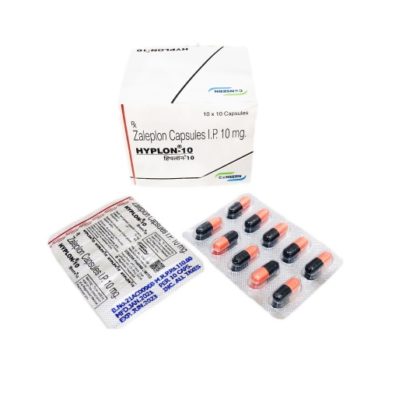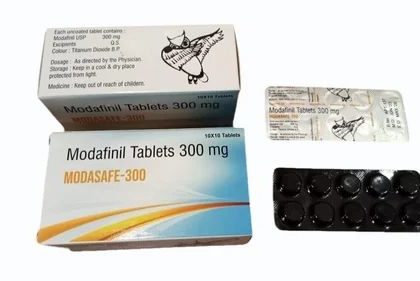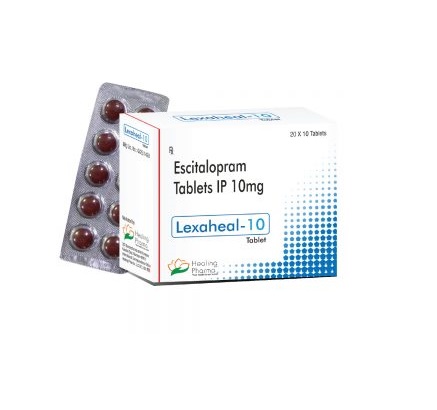Pregabalin: A Comprehensive Overview
Pregabalin is a widely used prescription medication primarily known for its role in managing nerve-related conditions. It was developed by Pfizer and marketed under the brand name Lyrica, gaining approval from the FDA in 2004. Over the years, it has become a key treatment option for several medical conditions, particularly those related to neuropathic pain and seizures.
Mechanism of Action
Pregabalin is classified as an anticonvulsant or anti-epileptic drug, though its applications extend far beyond epilepsy. It works by binding to the alpha-2-delta subunit of voltage-gated calcium channels in the central nervous system. This action reduces the release of neurotransmitters like glutamate, norepinephrine, and substance P, which are involved in transmitting pain signals and overactive nerve impulses. While its exact mechanism is not entirely understood, this modulation of nerve activity is central to its therapeutic effects.
Primary Uses of Pregabalin
-
Neuropathic Pain:
-
Pregabalin is particularly effective for nerve-related pain caused by conditions such as diabetic neuropathy, post-herpetic neuralgia (shingles pain), and spinal cord injury.
-
Its ability to alleviate persistent, burning, or tingling pain makes it a cornerstone for managing neuropathic disorders.
-
-
Fibromyalgia:
-
Approved by the FDA for fibromyalgia, Generic Lyrica helps reduce widespread musculoskeletal pain and improves sleep quality in affected individuals.
-
-
Seizure Management:
-
It is used as an adjunctive treatment for partial-onset seizures in adults, helping to control electrical activity in the brain.
-
-
Generalized Anxiety Disorder (GAD):
-
While not FDA-approved for anxiety in the United States, pregabalin is prescribed for GAD in some countries like the UK, due to its calming effects on overactive nerve signals.
-
Off-Label Uses
Pregabalin is also employed off-label for conditions like:
-
Chronic pain syndromes (e.g., sciatica, lower back pain)
-
Migraine prophylaxis
-
Restless leg syndrome (RLS)
Dosage and Administration
-
Dosage Forms: Generic Lyrica is available in capsule, oral solution, and extended-release tablet forms.
-
Dosing: It is typically initiated at a low dose (e.g., 50-75 mg twice daily) and gradually increased based on the patient’s response and tolerance. Maximum recommended doses vary depending on the condition but usually range between 300-600 mg per day.
-
Timing: Generic Lyrica is often taken in two or three divided doses to maintain consistent levels in the bloodstream.
Side Effects
Pregabalin is generally well-tolerated, but like any medication, it can cause side effects. Common ones include:
-
Dizziness
-
Sleepiness
-
Dry mouth
-
Weight gain
-
Blurred vision
-
Swelling in the hands and feet
Severe side effects, such as difficulty breathing, rash, or swelling of the face, may indicate an allergic reaction and require immediate medical attention. Additionally, abrupt discontinuation can lead to withdrawal symptoms such as anxiety, insomnia, and nausea.
Comparing Pregabalin with Other Medications
Pregabalin (Lyrica) is commonly prescribed for conditions like neuropathic pain, fibromyalgia, and seizures. While it is effective in these areas, other medications may also be used for similar conditions. Here’s a detailed comparison of pregabalin with other commonly used drugs.
Pregabalin vs. Gabapentin
Both pregabalin and gabapentin are GABA analogs used for neuropathic pain, epilepsy, and anxiety (in some regions).
|
Feature |
Pregabalin |
Gabapentin |
|---|---|---|
|
Potency |
More potent; lower doses needed. |
Less potent; higher doses often required. |
|
Bioavailability |
Consistent, predictable absorption. |
Decreases with higher doses. |
|
Onset of Action |
Faster, peaks in 1 hour. |
Slower, peaks in 3-4 hours. |
|
Side Effects |
May cause dizziness, weight gain, and sedation. |
Similar side effect profile but often less pronounced. |
|
Cost |
Typically more expensive. |
More affordable, especially as a generic. |
Generic Lyrica is preferred for faster symptom relief and consistency, while gabapentin may be chosen for its cost-effectiveness.
Pregabalin vs. Duloxetine
Duloxetine (Cymbalta) is a serotonin-norepinephrine reuptake inhibitor (SNRI) primarily used for depression, anxiety, and chronic pain (including fibromyalgia).
|
Feature |
Pregabalin |
Duloxetine |
|---|---|---|
|
Mechanism |
Modulates calcium channels. |
Modulates serotonin and norepinephrine levels. |
|
Applications |
Neuropathic pain, fibromyalgia, seizures. |
Depression, anxiety, fibromyalgia, neuropathic pain. |
|
Side Effects |
Dizziness, drowsiness, weight gain. |
Nausea, dry mouth, fatigue, potential sexual dysfunction. |
|
Addiction Risk |
Schedule V (mild potential). |
Non-addictive. |
Pregabalin is more effective for purely neuropathic pain, while duloxetine addresses pain and coexisting mood disorders.
Pregabalin vs. Amitriptyline
Amitriptyline is a tricyclic antidepressant (TCA) often used off-label for neuropathic pain and migraines.
|
Feature |
Pregabalin |
Amitriptyline |
|---|---|---|
|
Mechanism |
Targets calcium channels. |
Blocks serotonin and norepinephrine reuptake. |
|
Efficacy |
Effective for nerve pain, fibromyalgia. |
Also effective for nerve pain, especially at low doses. |
|
Side Effects |
Drowsiness, dizziness. |
Sedation, dry mouth, weight gain, risk of overdose toxicity. |
|
Cost |
More expensive. |
Generally inexpensive. |
Generic Lyrica offers a better side effect profile for long-term use, while amitriptyline may be preferred for budget-conscious patients.
Pregabalin vs. Opioids
Opioids like oxycodone and morphine are powerful painkillers often used for severe pain, including some cases of neuropathic pain.
|
Feature |
Pregabalin |
Opioids |
|---|---|---|
|
Pain Type |
Neuropathic and fibromyalgia. |
Broad-spectrum pain relief. |
|
Addiction Risk |
Lower abuse potential. |
High risk of dependence and addiction. |
|
Side Effects |
Dizziness, weight gain. |
Sedation, constipation, respiratory depression. |
Pregabalin is better suited for nerve pain and has a lower addiction risk compared to opioids.
Pregabalin vs. Topiramate
Topiramate (Topamax) is another anticonvulsant often used for migraines and seizures.
|
Feature |
Pregabalin |
Topiramate |
|---|---|---|
|
Applications |
Neuropathic pain, fibromyalgia, seizures. |
Migraines, seizures. |
|
Side Effects |
Weight gain, dizziness. |
Weight loss, cognitive slowing, tingling sensations. |
Topiramate is favored for migraines and weight-conscious patients, whereas pregabalin is better for pain and fibromyalgia.
Pregabalin vs. NSAIDs
Nonsteroidal anti-inflammatory drugs (NSAIDs) like ibuprofen or naproxen are commonly used for general pain and inflammation.
|
Feature |
Pregabalin |
NSAIDs |
|---|---|---|
|
Pain Type |
Neuropathic and chronic pain. |
Inflammatory and acute pain. |
|
Side Effects |
Sedation, weight gain. |
Stomach ulcers, kidney damage. |
Pregabalin is effective for nerve-related pain, while NSAIDs are ideal for inflammatory conditions.
Conclusion
Pregabalin stands out as a potent, effective treatment for neuropathic pain, fibromyalgia, and seizures. However, its suitability depends on the patient’s specific condition, cost considerations, and tolerance to side effects. Comparing it with alternatives like gabapentin, duloxetine, or amitriptyline helps guide personalized treatment decisions, ensuring the best possible outcome. Always consult with a healthcare provider to determine the most appropriate medication for your needs.





Reviews
There are no reviews yet.